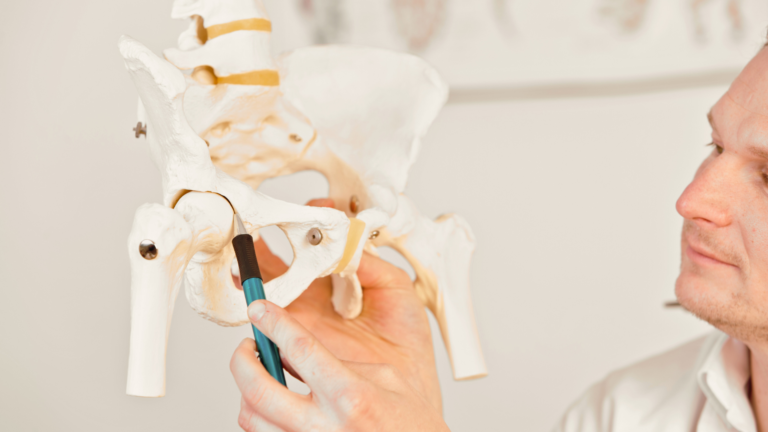
Unravelling the Mystery of Piriformis Pain: Relief Strategies Beyond Massage
Are you tired of living with the discomfort of piriformis pain? Wondering what else you can do to find relief apart from massage? Look no further. In this comprehensive guide, we’ll delve into the depths of piriformis pain, explore its causes, and unveil effective strategies to alleviate your discomfort.
Demystifying Piriformis Pain
The piriformis muscle, located deep within the buttocks, plays a crucial role in hip rotation and stability. When this muscle becomes tight or inflamed, it can compress the sciatic nerve, leading to pain and discomfort known as piriformis syndrome. Symptoms often include pain in the buttocks that radiates down the back of the leg, commonly mistaken for sciatica.
Causes and Triggers
Several factors can contribute to piriformis pain, including:
- Overuse or repetitive strain
- Muscle imbalances or weakness in the hips
- Prolonged sitting or sedentary lifestyle
- Trauma or injury to the hip area
Understanding the underlying causes of piriformis pain is crucial in developing an effective treatment plan.
Beyond Massage: Additional Relief Strategies
While massage therapy can provide temporary relief by releasing tension in the piriformis muscle, incorporating complementary strategies can enhance long-term outcomes. Consider the following approaches:
1. Stretching and Mobility Exercises
Gentle stretching and mobility exercises can help alleviate tension in the piriformis muscle and improve flexibility in the hips. One effective stretch is the standing piriformis stretch with hip abduction:
- Standing Piriformis Stretch with Hip Abduction: Stand upright with your feet hip-width apart. Place your hands on a stable surface for support, such as a countertop or chair. Shift your weight onto one leg and lift the opposite foot off the ground, bending the knee. Keeping the knee bent, slowly raise the lifted leg out to the side, away from your body, while maintaining a straight back and avoiding leaning to the side. You should feel a stretch in the outer hip and buttock of the lifted leg. Hold the stretch for 15-30 seconds, then lower the leg back down. Repeat on the opposite side. Using a stable surface for support can help maintain balance and stability during the stretch.
2. Strengthening Exercises
Building strength in the muscles surrounding the hips and pelvis can help support proper alignment and reduce strain on the piriformis muscle. Incorporate exercises such as squats, lunges, and hip bridges to improve stability and function.
3. Posture Awareness
Maintaining good posture throughout the day can alleviate pressure on the piriformis muscle and prevent exacerbation of symptoms. Be mindful of your sitting and standing posture, and consider ergonomic adjustments to your workspace if necessary.
4. Heat and Cold Therapy
Applying heat or cold packs to the affected area can help reduce inflammation and alleviate pain associated with piriformis syndrome. Experiment with both heat and cold therapy to determine which provides the most relief for your symptoms.
Conclusion
Living with piriformis pain can be challenging, but by understanding the underlying causes and implementing a comprehensive approach to treatment, relief is possible. Beyond massage, incorporating stretching, strengthening, posture awareness, and heat/cold therapy can enhance your recovery and improve your quality of life. Take charge of your health and explore these strategies to find the relief you deserve.








